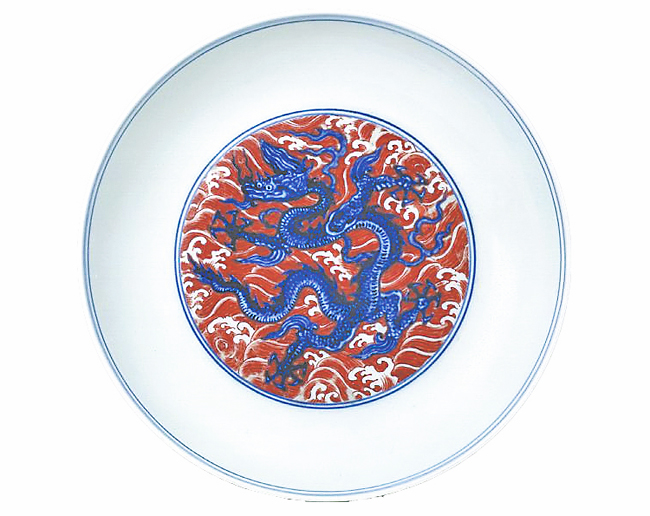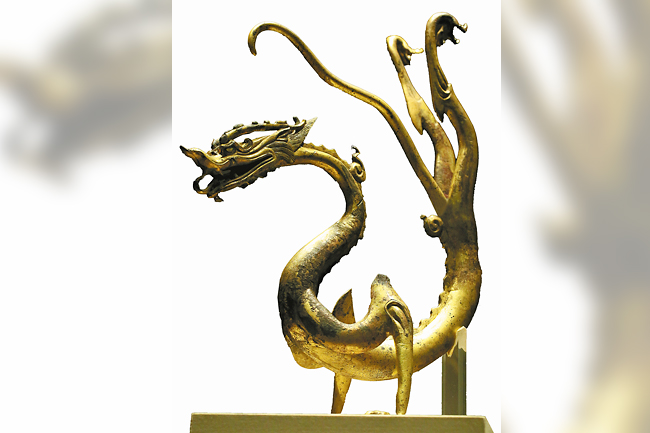ANN/CHINA DAILY – Confucius once asked for advice from another wise man. It was Laozi (Lao Tzu), the originator of Taoism, who was 20 years older than Confucius.
“Beyond appearances and behaviour that are less than sharp, there often lies a noble soul,” Laozi said to Confucius, who was probably in his 20s or 30s when this encounter happened, in the early 6th Century BC.
“Rid yourself of arrogance and desire, and rein in your vanity and self-delusion, none of which will serve you well. That’s all I have to say.”
Laozi is reputed to have composed Tao Te Ching (Dao De Jing, the foundational work of Taoism) in just one session, and this one meeting with Confucius was apparently all that was needed to awe this equally brilliant mind.
“I know that birds can fly, fish can swim, and beasts can run,” Confucius would later tell. “To capture them you need arrows, angling lines and nets. But I had no idea of a dragon, riding on winds and clouds, and soaring to heaven – until I met Laozi.”
In short, a dragon could be neither defined nor confined. Four centuries after that meeting, Confucianism was enshrined by a powerful Chinese emperor as the guiding ideology for his society. Yet Taoism continued to exert its influence culturally and artistically. In due time both incorporated the image of a dragon in their visual expressions.

the Ming Dynasty. PHOTO: ANN/CHINA DAILY



Confucius died in 479 BC, and his humble residence in what is today the city of Qufu, Shandong province, was turned into a memorial the following year. In the ensuing centuries, the small compound was continuously expanded and added to, until it became the ultimate shrine for the wise man – the temple of all Confucius temples in China. One of its most remarkable architectural features was 10 carved stone columns in front of the temple’s main hall, underneath its eaves.
The columns are wrapped in the scaled, sinuous bodies of majestic dragons, half-hidden in clouds. Manes billowing and eyes glistening with intensity, they are there to watch over the sacred place and to ensure the social order as envisioned by the master philosopher.
The columns were erected around 1500, during the Ming Dynasty (1368-1644), with major renovations done during the ensuing Qing Dynasty (1644-1911). In court portraits both the Ming and Qing rulers routinely wear voluminous dragon robes whose resplendent patterns, woven or embroidered into shimmering silk, constitute for many the most iconic images of a Chinese dragon.
Equally well-known, at least to aficionados of ancient Chinese art, is a mid-13th-Century ink painting titled Nine Dragons, held by the Museum of Fine Arts, Boston. Within a space of nine metres (m) – the entire work stretches about 15m, including many postscripts – the artist Chen Rong captured the elusive nature of his mythical protagonists by letting them in and out of a seemingly endless continuum of clouds, mist and whirlpools.
The hand scroll, painted during the rule of Zhao Yun, a devout Taoist and fifth emperor of the Southern Song Dynasty (1127–1279), is believed to have referred directly to the dynamic force of nature that Taoism has long celebrated.
Elsewhere, the dragon, painted in gold, lends itself to a 15th-Century red lacquer box containing Buddhist sutras before making another appearance alongside a tiger in two hanging scrolls flanking a wooden statue of Guanyin, a Buddhist icon.
All evidence points to Chinese dragons moving freely between the worlds of Confucianism, Taoism and Buddhism. With their powerful claws gripping the imagination of generations of Chinese, they propelled their way across the country’s cultural and artistic history, becoming an enduring phenomenon with a profound impact on the nation’s consciousness.
Based on the dragon’s scaled, serpentine body, many researchers have suggested a connection with either snake or crocodile or both. While the former seems to have the capacity to arouse awe and fear, and has served throughout human history as a totem for many ancient cultures, the latter is believed to have once existed in relatively large numbers in the Yellow River Basin, one of the cradles of Chinese civilisation.
Other experts have gone a few steps further. Some, after having studied the oracle bone script carved by ancient Chinese somewhere between the 17th and 11th centuries BC, posit that the image of a dragon may have been born out of that of a seahorse.
Others point to the colossal column of a tornado reaching down from a turbulent sky, saying that is what I Ching (Book of Changes), an ancient Chinese divination text, meant in its description of a dragon that “battled in the wilderness, its blood the colour of a reddish dark (heaven) and yellow (earth)”.






